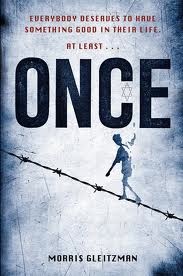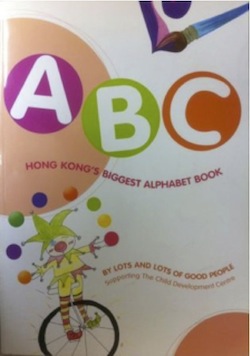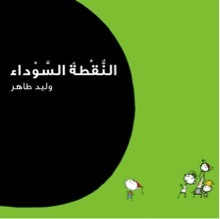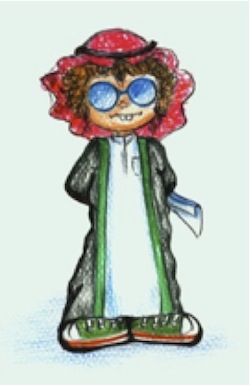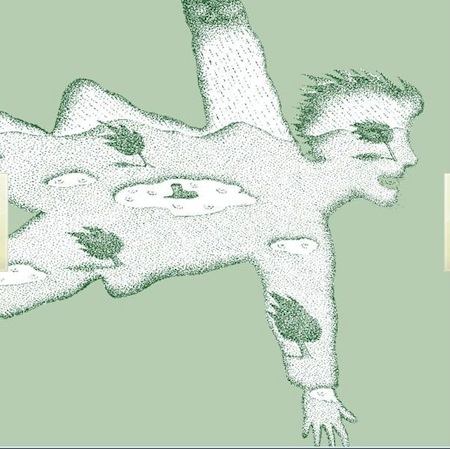By Holly Johnson, University of Cincinnati, Cincinnati, OH
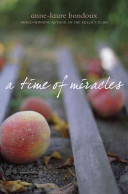
–
–
“If you are not living on the edge,
you are taking up too much room.”
–Jayne Howard
–
As I explained at the beginning of the month, I wanted to explore and share my thoughts about a number of books that 1) have characters on the edge of something 2) have their readers on the edge of something, or 3) have brought to the fore topics that reside on the edge of something. The books I shared are excellent pieces of work that have the potential to shift the discourse with adolescents, but this may only be done if we recognize that—in reality—most of us are on the edge of something, and if we aren’t, well, maybe we should be. Actually, that’s probably the best thing about working and reading with adolescents. They are venturing out and testing the edges and we can be there with them! But we often need some tools to facilitate young adults’ learning, and the books I have highlighted can be a great start. But if there is hesitation about some of the books I have already mentioned in the last three weeks, perhaps we start with the books that show just how many of us are on the edge. Continue reading


